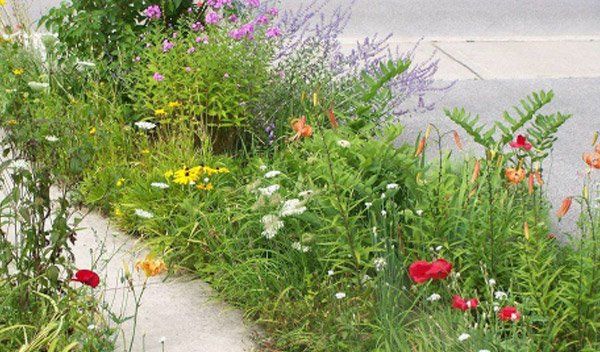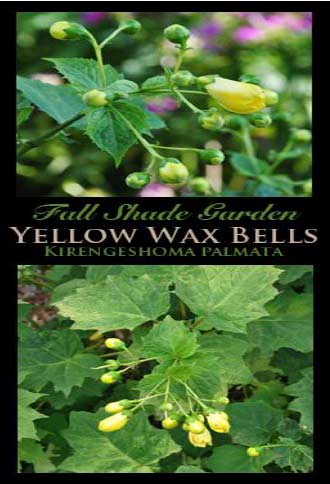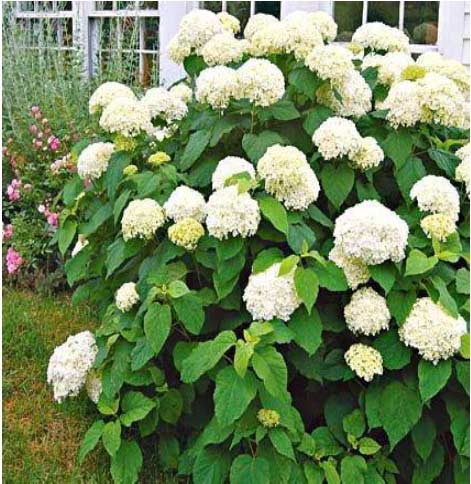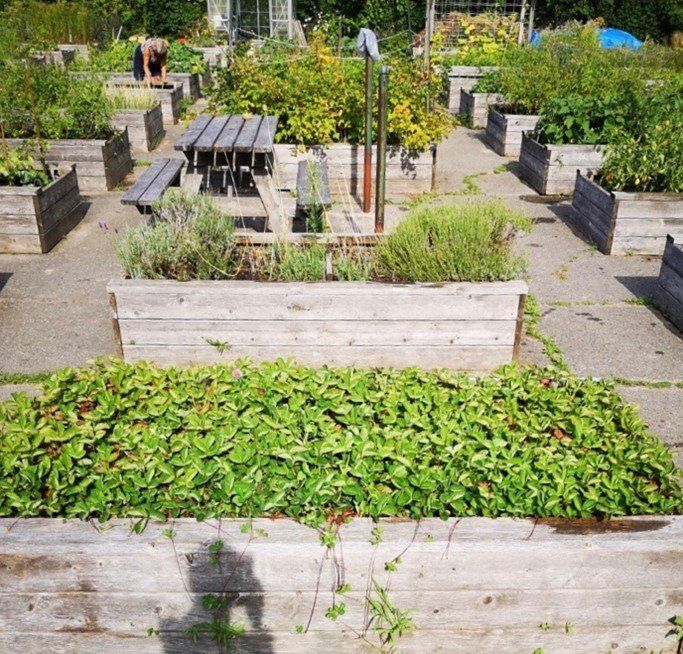A Winter Project in Garden Design: Why Not Look at the Leaves
When the snow is falling and time is available, think about researching the plants you would like in your garden in 2019. One idea is to think about the leaves that you would like in your garden. Leaves have shape, size, colour and texture. Leaves can be small, large, spiky, leathery, thick or coloured. They can be white-edged, yellow-edged, marbled, silver, pink, purple, variegated. Some leaves can even tell you what conditions the plant requires to grow. So how do you choose what plant you might want?
The first step, before you visit the nursery or plant centre, is to assess your garden conditions. Regarding the soil, do you have clay, loam, sand or rock? Is your garden dry, average, well drained, wet or boggy? Will the garden be in full sun, partial sun (assess how many hours of sun an area will receive), shade or partial shade? Is the area windy or protected?
How much time do you have to maintain a garden? Are you creating a new garden or just looking for one plant to fill an open spot? What height and width is required?
Doing your plan or research first, before you buy, saves time, money and frustration for yourself and for those assisting you at the garden centre.
Now you are ready to choose. Here are a few suggestions:
Large Leaf
If a large leaf is required for your design, consider hosta sieboldiana ‘Elegans’ - partial shade to shade and average moisture. Yellow wax-bells Kirengeshoma palmata or hydrangea arborescens ‘Haas’ Halo -full sun to partial shade and average moisture conditions. Calla lilies Zantedeschia species or caladiums Caladium species - rich soil, partial shade and protection from wind. For a deep pink large leaf consider Rodgersia pinnata ‘Chocolate Wings’- full sun to partial sun and average moisture. This plant will survive in clay soil as well.
Tall or Spiky
For a tall or spiky look consider sea holly Eryngium ‘Blue Star’ -full sun and drought tolerant. Adam’s needle yucca filamentosa or red hot poker Kniphofia species -full sun and good drainage. Bear’s breeches Acanthus mollis - full sun and rich soil. For a feathery, tall look, consider astilbe ‘Purple Blaze or Purple Candles’- shade, moist, humus-rich soil.
Coloured Leaves
Coloured foliage requires high light levels, otherwise they may convert back to green.
However high light levels and full sun are not one in the same. Protection from intense, hot, direct sun is required in a lot of cases or leaves will scorch.
Consider barrenwort epimedium grandiflorum ‘Rose Queen’-full sun and well drained soil, coleus - full sun and well-drained soil, caladium - filtered sun and well drained, rich soil, canna – full sun and moist soil, hosta – partial shade to shade and well-drained soil, heuchera coral bells – partial shade and well -drained soil.
Burgundy or Purple
Burgundy or Purple shrubs - diabolo ninebark Physocarpus opulifolius ‘Diabolo’ – sun , dry soil (drought tolerant) and royal purple smoke tree Cotinus coggygria ‘Royal Purple’- sun, dry soil (highly drought tolerant) or weigela - sun, moist to well drained soil, may be of interest.
Golden, Lime and Edge
Golden shrubs - Consider sutherland gold elderberry Sambucus racemosa ‘Sutherland Gold’- full sun, well drained soil, golden princess spirea Spiraea japonica ‘Lisp- sun, moist to well-drained soil, baggesen’s gold box honeysuckle Lonicera nitida ‘Baggesen’s Gold’- sun and average evenly moist soil.
Lime coloured foliage- try sweet potato vine ‘Green With Envy’ – sun to partial shade and well-drained soil, coleus ‘Lime Time’- sun and well-drained soil, lanai verbena ‘Lime Green’ - sun and well-drained soil , panicle hydrangea ‘Little Lime’ - sun and average moist soil.
White-edged, yellow-edged and marbled leaves require high light levels but need protection from direct, hot intense sun. Hosta plaintain lily, kiwi vine Actinidia, caladium ‘Angel Wings’, euonymus spp, hardy geranium cranesbill, meadowsweet Filipendula, or money plant lumaria anna ‘Variegated’.
Silver Grey and Blue
Silver - variegated do best in partial shade and well-drained soil. You could try lungworts or lamiums.
Grey foliage, especially if it is fuzzy, need full sun and well-drained soil. Some suggestions might be lamb’s ears Stachys byzantina, rose campion Lychnis coronaria, silver sage, butterfly bush Buddleja davidii, wooly thyme Thymus pseudolanuginosus or dusty miller Centaurea cineraria.
Most blue foliage requires full sun and excellent drainage, such as blue fescue Festuca glauca.
However some can tolerate partial shade and moisture, such as hosta with a blue-green , smooth leaf.
Leathery and thick succulent
Leathery evergreen leaves require partial shade and cool sun, protection from wind and average moisture soil. Examples could be rhododendron, bergenias spp, hellebores, laurels Prunus species or hollies.
Thick Succulent leaves have a purpose and that is to store water. These plants can tolerate full sun, dry soil or moist soil (as long as it’s fast draining) and neglect. ‘Neon’ showy stonecrop, aloe vera, sedum ‘Autumn Joy’ or sempervivum ‘hens and chicks’ or sprawling rockcress.
Whatever attracts your eye, spend your winter researching and designing your garden space from a leaf point of view. You will be pleased with the results.
References
Encyclopedia of Organic Gardening
Mark Cullen’s Ontario Gardening
Latest Blog Posts




















